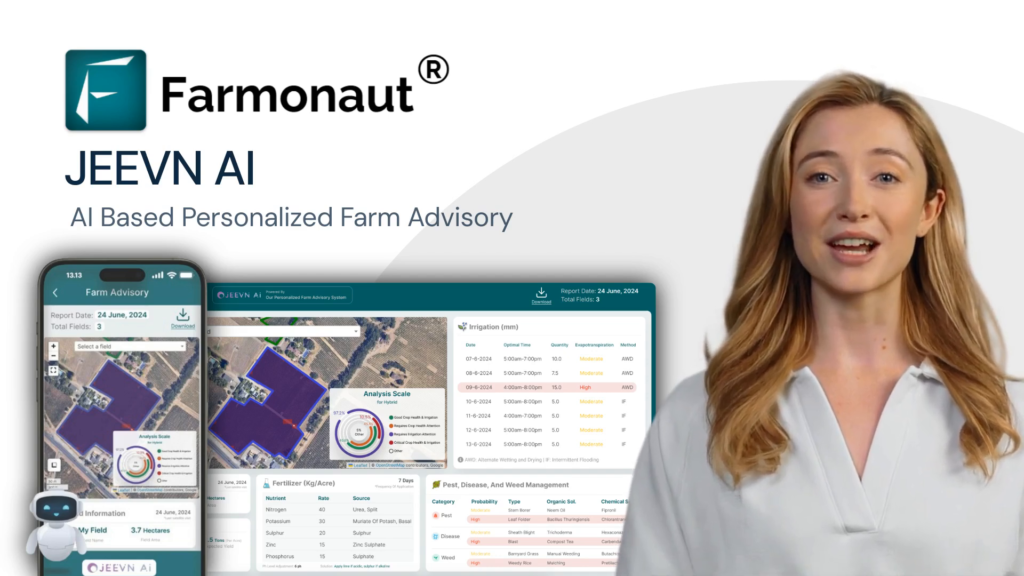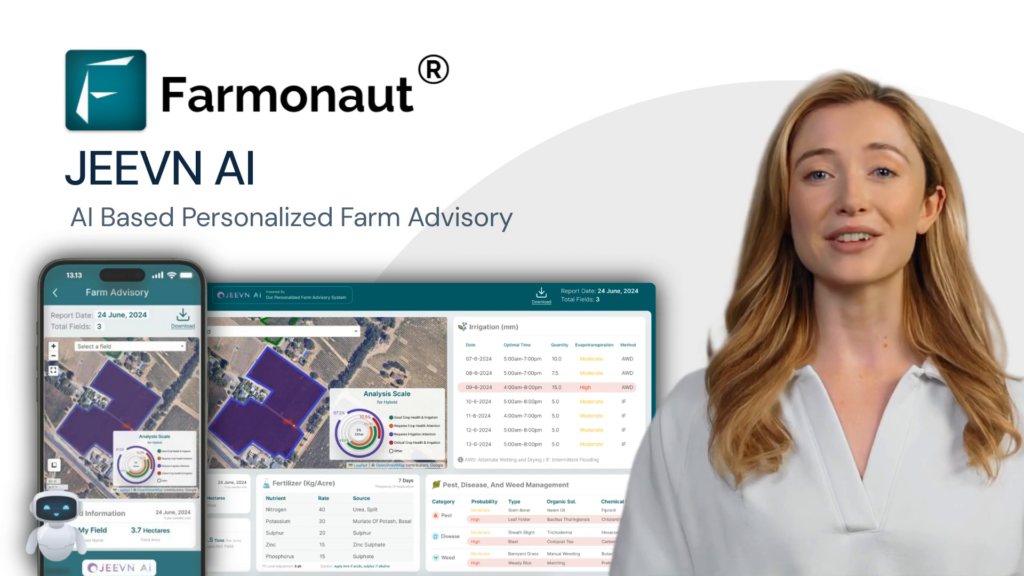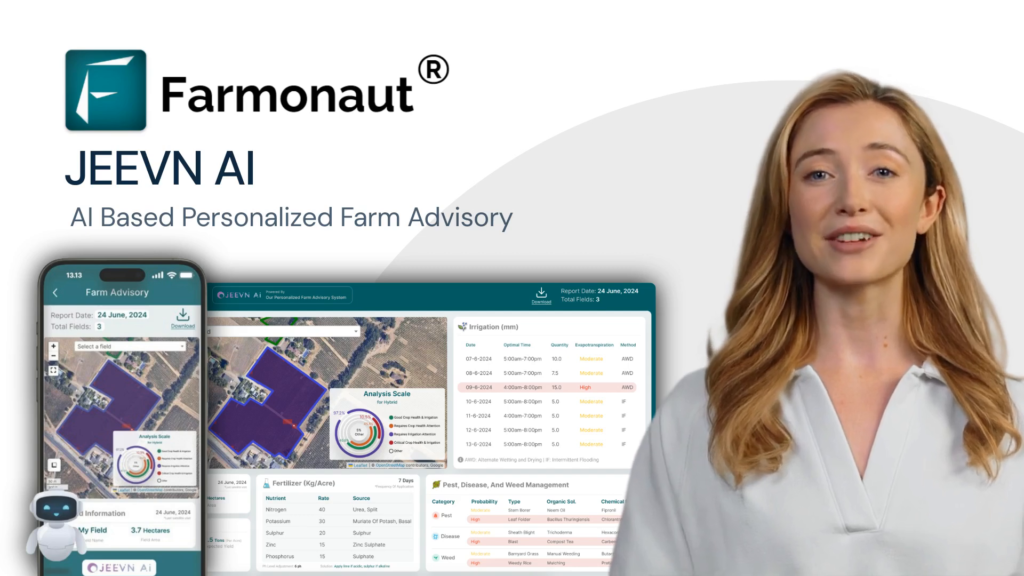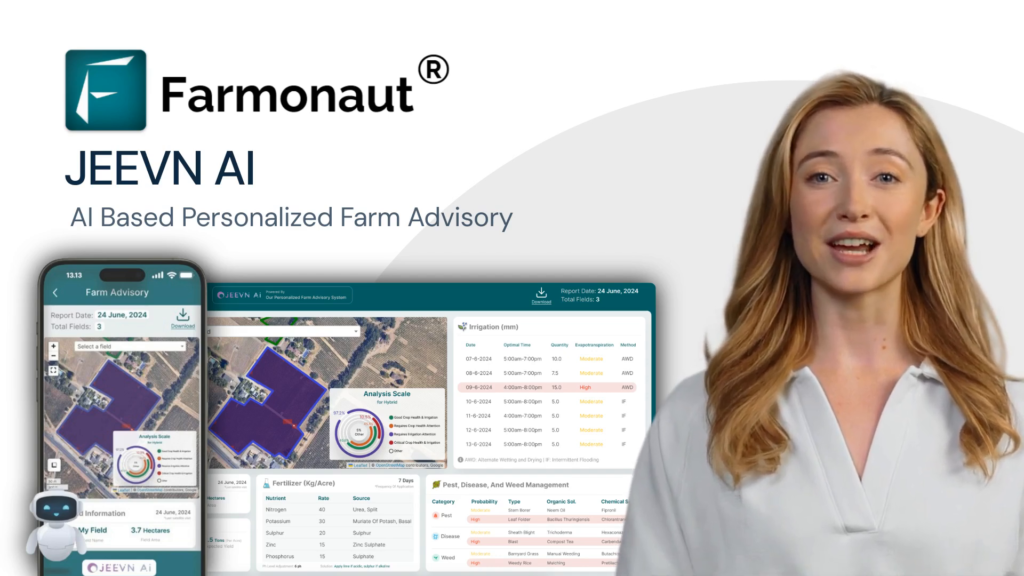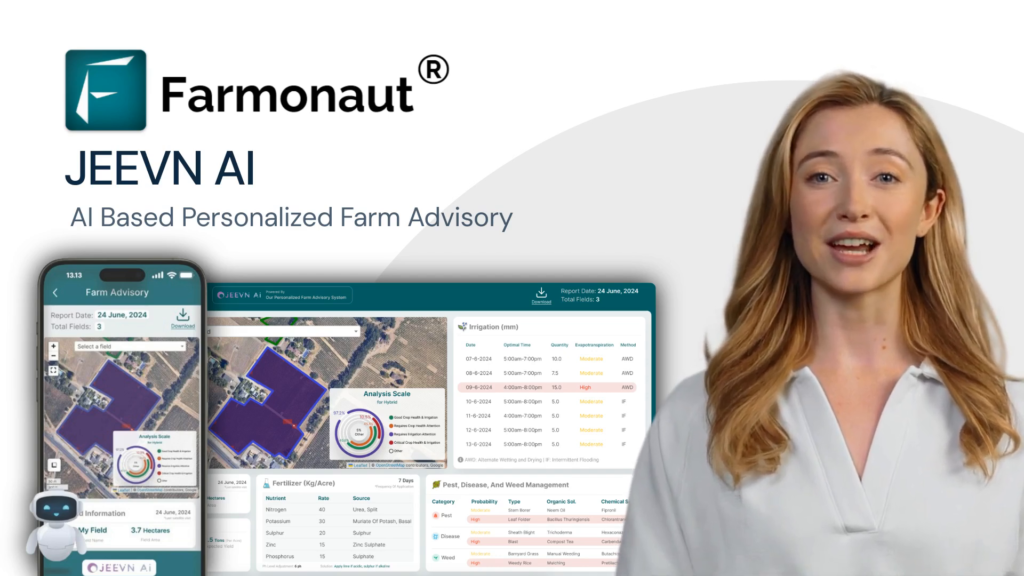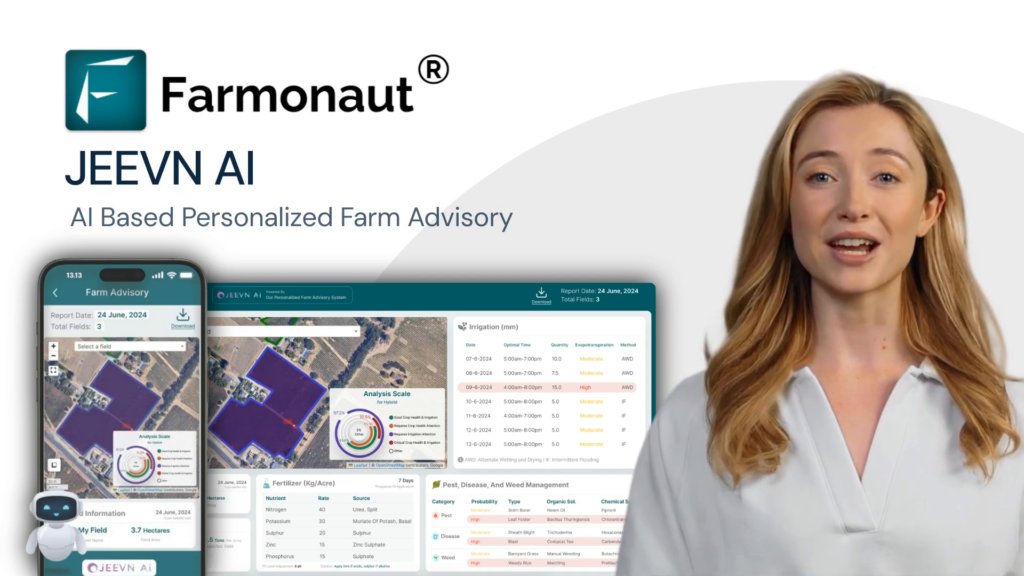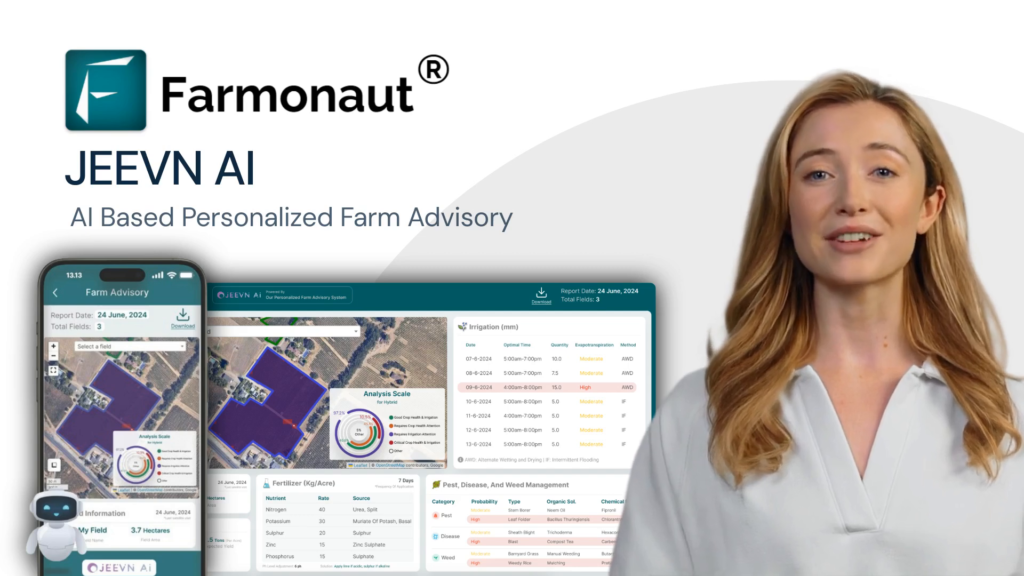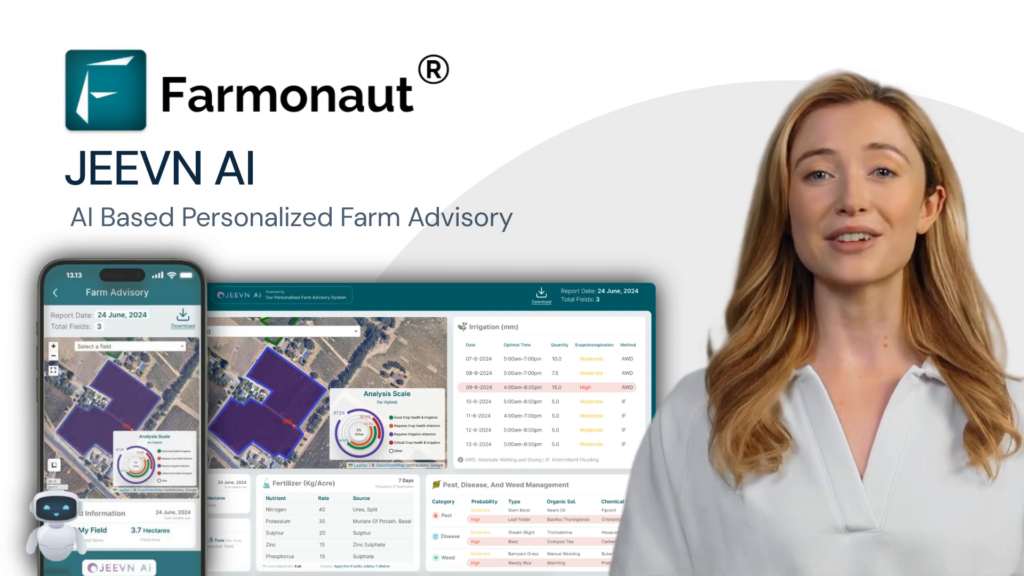Revolutionizing US Land Surveys: How AI-Powered Drones Are Transforming Precision Agriculture and Real Estate in 2025
“The US drone surveying market is projected to reach $2540.0 million by 2033, showcasing significant growth potential.”
As we step into 2025, the landscape of land surveys in the United States is undergoing a profound transformation. The convergence of artificial intelligence (AI) and drone technology is reshaping how we approach precision agriculture and real estate assessments. This revolution is not just a technological leap; it’s a paradigm shift that promises to redefine efficiency, accuracy, and sustainability across multiple industries.
The Dawn of AI-Powered Drone Surveying
The drone industry has been on an unprecedented growth trajectory, with innovations coming at a breakneck pace. At the forefront of this evolution are AI-powered drones, which are setting new standards in land surveying. These intelligent flying machines are not just tools; they’re becoming indispensable partners in decision-making processes for farmers, real estate developers, and urban planners alike.
In the realm of precision agriculture, AI-driven drones are providing farmers with insights that were once unimaginable. By leveraging advanced sensors and machine learning algorithms, these drones can assess crop health, predict yields, and even detect early signs of pest infestations or nutrient deficiencies. This level of precision allows for targeted interventions, optimizing resource use and significantly boosting productivity.

In the real estate sector, these advanced drones are revolutionizing property assessments. They can create highly detailed 3D models of properties, assess structural integrity, and even provide thermal imaging to identify energy inefficiencies. This wealth of data is transforming how properties are valued, marketed, and developed.
The Rise of Drone as a Service (DaaS)
One of the most significant developments in the drone industry is the emergence of Drone as a Service (DaaS) models. This innovative approach is democratizing access to advanced drone technology, allowing businesses of all sizes to leverage the power of AI-driven aerial surveys without the need for significant upfront investments.
“AI-powered drones and Drone as a Service (DaaS) models are transforming traditional land survey practices in multiple sectors.”
DaaS providers offer a range of services, from on-demand aerial photography to complex data analytics. This model is particularly beneficial for industries that require periodic but not constant drone operations. Construction companies, for instance, can use DaaS for project monitoring without investing in a full-time drone fleet.
The Impact on Precision Agriculture
In the agricultural sector, AI-powered drones are proving to be game-changers. They’re enabling a level of precision in farming that was previously unattainable. Here’s how:
- Crop Health Monitoring: Drones equipped with multispectral cameras can detect variations in plant health invisible to the naked eye.
- Irrigation Management: Thermal sensors on drones can identify areas of water stress, allowing for targeted irrigation.
- Yield Prediction: AI algorithms can analyze drone imagery to predict crop yields with remarkable accuracy.
- Pest and Disease Detection: Early identification of pest infestations or disease outbreaks allows for prompt intervention.
These capabilities are not just enhancing productivity; they’re also promoting sustainability by optimizing resource use and reducing the need for blanket applications of pesticides and fertilizers.
Transforming Real Estate and Urban Planning
In real estate and urban development, AI-powered drones are providing unprecedented insights:
- Property Assessments: Drones can create detailed 3D models of properties, aiding in valuations and inspections.
- Urban Planning: Aerial surveys help in creating accurate land use maps and monitoring urban sprawl.
- Infrastructure Inspection: Drones can safely inspect bridges, roads, and other structures, identifying maintenance needs early.
- Environmental Impact Studies: AI analysis of drone imagery can assess the environmental impact of development projects.
These applications are not only making processes more efficient but also enhancing safety by reducing the need for human inspectors in hazardous areas.
The Role of LiDAR and Advanced Sensors
One of the key technologies driving the precision of AI-powered drones is LiDAR (Light Detection and Ranging). This remote sensing method uses laser light to measure distances and create highly accurate 3D maps of terrains and structures. When combined with AI, LiDAR data can be used to:
- Create detailed topographic maps for precision agriculture and flood risk assessment
- Generate accurate 3D models of buildings for architectural and engineering purposes
- Map forest canopies for environmental monitoring and resource management
The integration of LiDAR with other advanced sensors and AI algorithms is pushing the boundaries of what’s possible in land surveying and analysis.
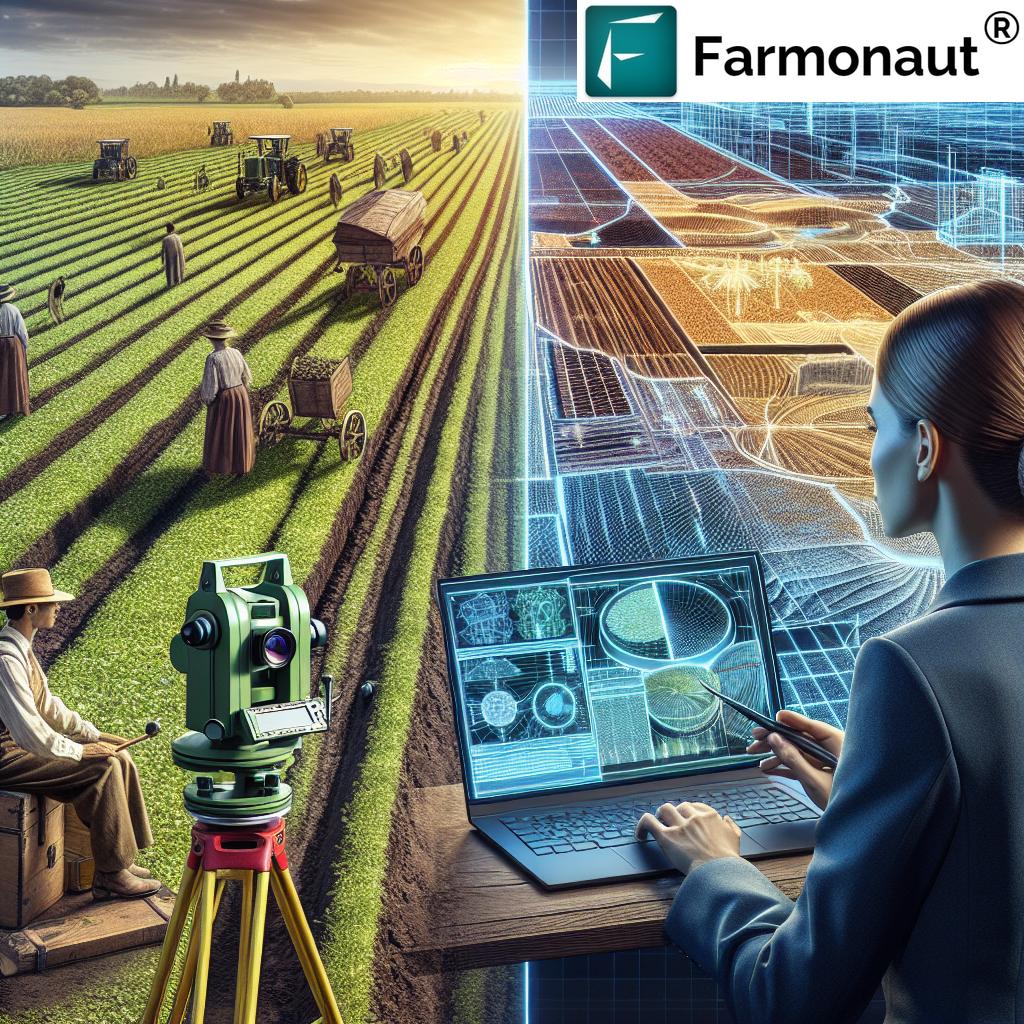
Market Growth and Industry Trends
The US drone surveying market is on a trajectory of explosive growth. According to recent reports, the market is expected to reach a valuation of $2540.0 million by 2033, with double-digit growth rates projected for the coming years. This growth is driven by several factors:
- Increasing adoption of precision agriculture techniques
- Growing demand for accurate and efficient land surveying in real estate and construction
- Expanding applications in infrastructure inspection and urban planning
- Advancements in AI and machine learning technologies
The drone land survey sector is expected to maintain its position as the top revenue contributor, accounting for approximately 53% of the total market share in the drone survey industry.
Regulatory Landscape and Future Outlook
As the drone industry continues to evolve, regulatory bodies are working to keep pace. The Federal Aviation Administration (FAA) has been proactive in developing frameworks for commercial drone operations, including those for surveying and mapping. Future regulations are expected to further facilitate the integration of AI-powered drones into various industries while ensuring safety and privacy concerns are addressed.
Looking ahead, we can expect to see:
- More sophisticated AI algorithms for real-time data analysis
- Increased autonomy in drone operations
- Better integration with other technologies like IoT and 5G networks
- Expanded applications in emerging fields like renewable energy development and disaster response
The Role of AI in Enhancing Drone Capabilities
Artificial Intelligence is the cornerstone of modern drone surveying technology. It’s not just about flying a drone and capturing images; it’s about interpreting vast amounts of data in real-time to provide actionable insights. Here’s how AI is enhancing drone capabilities:
- Autonomous Flight Planning: AI algorithms can optimize flight paths for maximum coverage and efficiency.
- Object Recognition: Advanced AI can identify and classify objects, from crop types to building structures.
- Data Analysis: Machine learning models can process and analyze data from multiple sensors simultaneously.
- Predictive Maintenance: AI can predict when drones need maintenance, reducing downtime and extending lifespan.
These AI-driven capabilities are making drone surveys more accurate, efficient, and cost-effective than ever before.
Industry-Specific Applications and Benefits
Let’s delve deeper into how different industries are benefiting from AI-powered drone surveys:
Agriculture
In agriculture, drones are not just tools; they’re becoming indispensable partners for farmers. They offer:
- Precise crop monitoring for optimal health and yield
- Early detection of crop stress, pests, and diseases
- Accurate estimation of fertilizer and water needs
- Improved planning for planting and harvesting
Real Estate and Construction
For real estate developers and construction companies, AI-powered drones provide:
- Accurate land surveys and 3D modeling of properties
- Progress monitoring of construction projects
- Safety inspections of tall structures
- Virtual property tours and marketing materials
Infrastructure and Energy
In infrastructure and energy sectors, drones are revolutionizing inspections and planning:
- Efficient inspections of power lines, pipelines, and wind turbines
- Detailed mapping for urban planning and development
- Environmental impact assessments for new projects
- Disaster response and damage assessment
The Economic Impact of AI-Powered Drone Surveys
The economic implications of this technological revolution are profound. By 2025, we’re seeing:
- Significant reduction in survey costs and time
- Increased productivity across multiple sectors
- New job creation in drone operations and data analysis
- Enhanced decision-making leading to better resource allocation
These economic benefits are not just limited to large corporations. Small and medium-sized businesses are also gaining access to these technologies through DaaS models, leveling the playing field and driving innovation across the board.
Challenges and Considerations
While the future of AI-powered drone surveys looks bright, there are challenges to consider:
- Data Privacy and Security: As drones collect vast amounts of data, ensuring privacy and data security is paramount.
- Regulatory Compliance: Keeping up with evolving FAA regulations and local laws is crucial for operators.
- Technical Limitations: Battery life, weather conditions, and signal interference can still pose challenges.
- Integration with Existing Systems: Seamlessly integrating drone data with existing business processes can be complex.
Addressing these challenges will be key to the continued growth and adoption of AI-powered drone surveying technologies.
The Future of Drone Surveying: Beyond 2025
As we look beyond 2025, the potential for AI-powered drone surveys seems limitless. We can anticipate:
- Even more advanced AI algorithms capable of real-time decision making
- Integration with other emerging technologies like quantum computing
- Expansion into new industries and applications
- Development of fully autonomous drone swarms for large-scale surveys
The future of land surveys is not just about collecting data; it’s about using that data to make our world more efficient, sustainable, and informed.
Drone Industry Growth and Applications (2025 Forecast)
| Sector | Estimated Market Value (USD) | Key Applications | AI-Powered Drone Impact |
|---|---|---|---|
| Agriculture | $850 million | Crop monitoring, yield prediction, precision farming | 20-30% increase in crop yields, 50% reduction in water usage |
| Real Estate | $600 million | Property surveys, 3D modeling, virtual tours | 40% reduction in property assessment time, enhanced marketing capabilities |
| Construction | $450 million | Site surveys, progress monitoring, safety inspections | 30% improvement in project efficiency, 50% reduction in safety incidents |
| Infrastructure Development | $400 million | Urban planning, infrastructure inspection, environmental assessments | 60% faster inspections, 40% cost reduction in urban planning projects |
| Overall US Drone Surveying Market | $2540 million | All of the above plus emerging applications | Projected to revolutionize data collection and analysis across industries |
The Role of Satellite Technology in Complementing Drone Surveys
While AI-powered drones are revolutionizing land surveys, it’s important to note that they don’t operate in isolation. Satellite technology plays a crucial complementary role, especially in large-scale surveys and long-term monitoring. Companies like Farmonaut are at the forefront of integrating satellite data with on-ground technologies to provide comprehensive agricultural solutions.
Farmonaut leverages satellite imagery and AI to offer valuable insights for precision agriculture. Their platform provides services such as:
- Real-time crop health monitoring
- AI-based advisory systems for farm management
- Blockchain-based traceability for agricultural products
- Resource management tools for efficient farming
These satellite-based solutions can work in tandem with drone surveys to provide a more complete picture of agricultural lands, from macro-level trends to micro-level details.
For those interested in exploring Farmonaut’s services, you can access their web app here:
Farmonaut also offers mobile apps for both Android and iOS platforms:
For developers interested in integrating Farmonaut’s satellite and weather data into their own systems, API access is available. You can find more information about their API here, and detailed developer documentation here.
Empowering Farmers and Agribusinesses
Farmonaut’s mission aligns closely with the trends we’re seeing in AI-powered drone surveys – making precision agriculture more accessible and affordable. Their satellite-based solutions complement drone technology by providing:
- Wider coverage for large-scale farms
- Historical data for long-term trend analysis
- Integration with global weather data for more accurate predictions
- Cost-effective solutions for smallholder farmers
By combining the strengths of satellite technology and AI-powered drones, farmers and agribusinesses can make more informed decisions, optimize their resources, and improve their overall productivity.
Earn With Farmonaut
Earn 20% recurring commission with Farmonaut’s affiliate program by sharing your promo code and helping farmers save 10%. Onboard 10 Elite farmers monthly to earn a minimum of $148,000 annually—start now and grow your income!
Farmonaut Subscriptions
Conclusion: The Synergy of Technologies
As we look towards the future of land surveys and precision agriculture, it’s clear that no single technology will dominate. Instead, we’re seeing a powerful synergy emerging between AI-powered drones, satellite technology, and on-ground sensors. This combination of technologies is creating a new paradigm in how we understand and manage our lands, whether for agriculture, real estate, or urban development.
The revolution in US land surveys is not just about adopting new technologies; it’s about embracing a new way of thinking about our relationship with the land. By harnessing the power of AI, drones, and satellites, we’re not just making our processes more efficient – we’re gaining unprecedented insights that can help us build a more sustainable and productive future.
As we move further into 2025 and beyond, the integration of these technologies will continue to evolve, offering even more sophisticated solutions to the challenges we face in agriculture, real estate, and land management. The future of land surveys is here, and it’s more exciting and promising than ever before.
FAQs
- How accurate are AI-powered drone surveys compared to traditional methods?
AI-powered drone surveys can be significantly more accurate than traditional methods, with some systems achieving centimeter-level precision. The combination of high-resolution imagery, LiDAR, and AI analysis often surpasses the accuracy of ground-based surveys, especially over large or difficult-to-access areas. - What are the main regulatory challenges for using drones in land surveys?
The main regulatory challenges include obtaining proper licensing for commercial drone operations, adhering to FAA guidelines on flight altitudes and no-fly zones, and ensuring compliance with privacy laws when surveying populated areas. - How does AI improve the efficiency of drone surveys?
AI improves efficiency by automating flight paths, processing vast amounts of data in real-time, identifying objects and anomalies automatically, and generating actionable insights without extensive human intervention. - Can AI-powered drones operate in all weather conditions?
While advanced drones are becoming more weather-resistant, they still have limitations. Extreme winds, heavy rain, or snow can affect flight stability and sensor accuracy. However, some specialized drones can operate in more challenging conditions than others. - How do satellite-based solutions like Farmonaut complement drone surveys?
Satellite solutions provide broader coverage and historical data that complement the high-resolution, real-time data from drones. This combination allows for comprehensive analysis, from macro trends visible from space to micro-level details captured by drones.
As we continue to push the boundaries of what’s possible with AI-powered drones and satellite technology, the future of land surveys looks incredibly promising. These advancements are not just changing how we view and manage our lands; they’re opening up new possibilities for sustainable development, efficient resource management, and innovative problem-solving across multiple industries.





